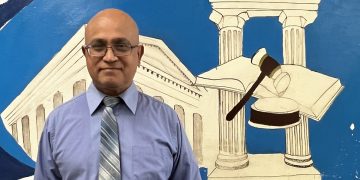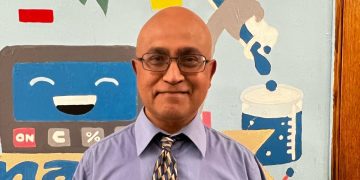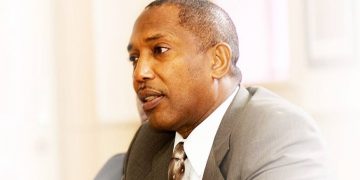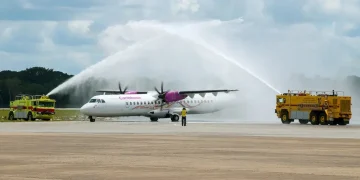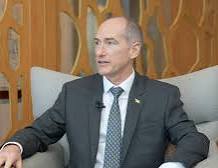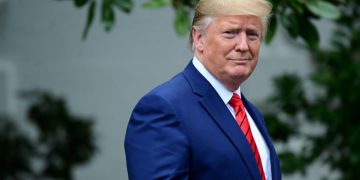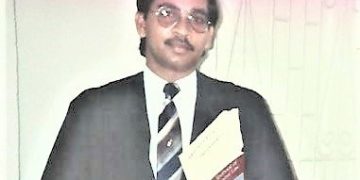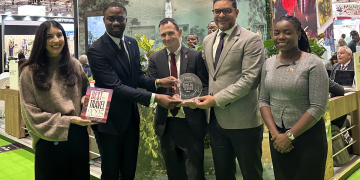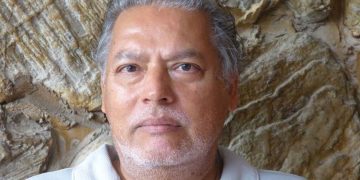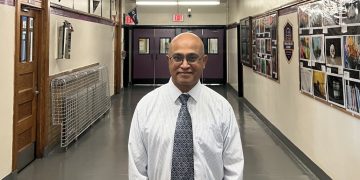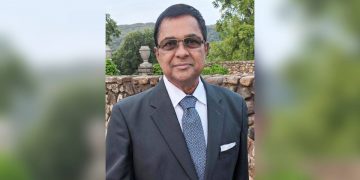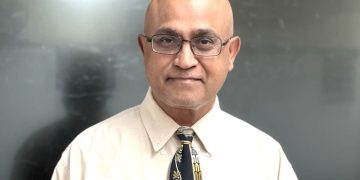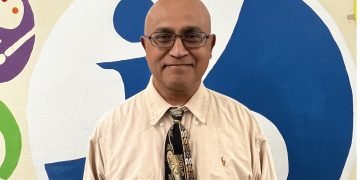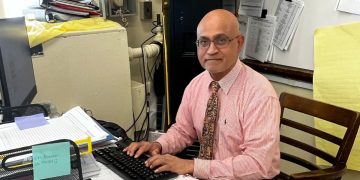A grand program for Narendra Modi by the Indian diaspora brought back memories of the difficulty to organize programs for visiting Guyanese political leaders in New York. Unlike Guyanese, Indian nationals are very generous in sponsoring programs for visiting heads. The Indian diaspora (from India as opposed to the Caribbean or elsewhere) organized a massive reception for visiting Prime Minister Narendra Modi at the Nassau Coliseum on Long Island last Sunday. It was a very costly event. There were several Caribbean Indians, including this writer, as guest and in the press corps.
The Modi program was put together in two weeks by the not-for-profit Indo American Community of USA. Modi is held in awe; he is among the most charismatic leaders I met. There were requests for 40,000 tkts but only 15,000 could be accommodated. It was a free event packed with star power entertainment outside of the coliseum as well as inside. The program was broadcast live on several Indian channels as well as on You Tube and FB. Guyanese and Trinis and even friends in Fiji, Mauritius, and India called to ask me if I was watching it on TV. I was at the program, reporting on it for our Indian diaspora newsletter. Modi is loved by the Indian diaspora globally.
What was amazing about the organizing of the event was the response of the Indian business community and professionals to requests for sponsorship of the event. It did not cost the Indian government a cent. It is reported that a hundred of Indian American doctors, engineers, and business persons doled out US$100,000 each to co-sponsor the event that would have cost over US$1 million to stage; Indian doctors constitute the largest ethnic group of doctors in USA. There were hundreds of volunteers who assisted for the smooth operation of the Modi program. The Indians don’t seek to marginalize each other when organizing events for their visiting leaders. And the programs are generally open to all — those in support of and oppose to the government, pro-Modi and anti-Modi, leadership of organizations.
In the Guyanese diaspora, the Guyanese community struggles to come up with a few thousand dollars to pay for a hall for visiting politicians, Indians, Africans, others. I remember well going back to the late 1970s, activists like myself, Baytoram Ramharack, Arjune Karshan, Chuck Mohan, Mel Carpen, among others, could hardly raise a few dollars to pay for costs to stage a rally or print newsletters or tee shirts that were distributed free to the diaspora. We funded several programs to highlight what human rights abuses in Guyana with our personal income. The ACG, support group of PPP, which had more members than our group during the 1980s and 1990s, was more successful at raising funds that were repatriated to Guyana to fund the party’s many activities.
